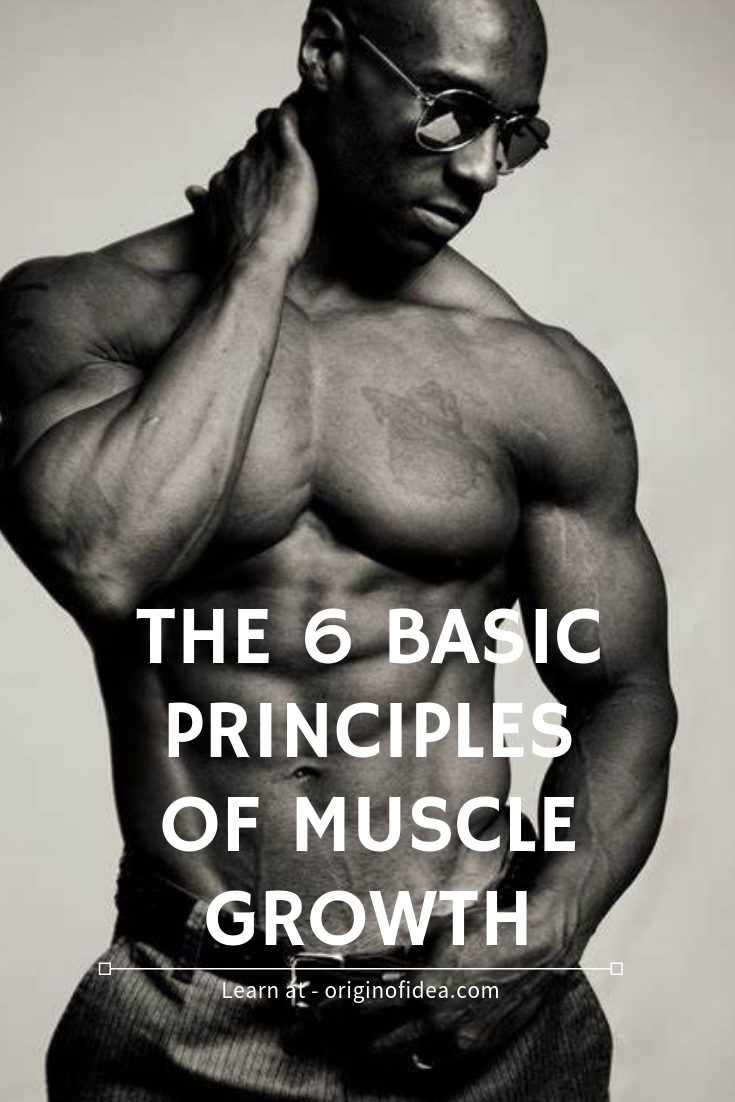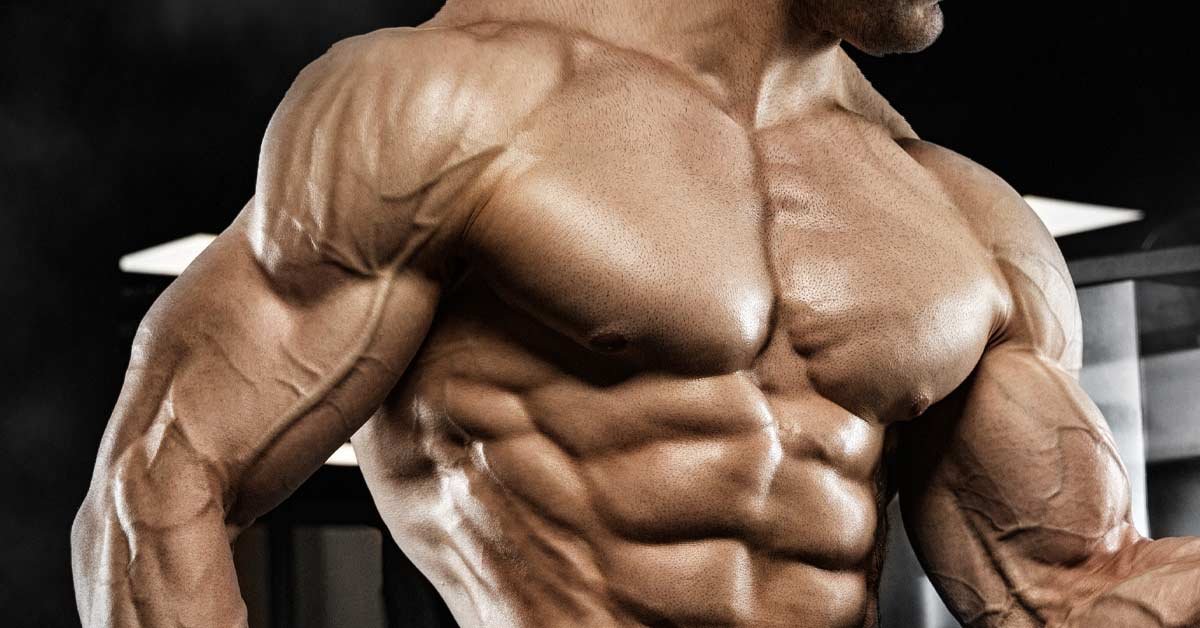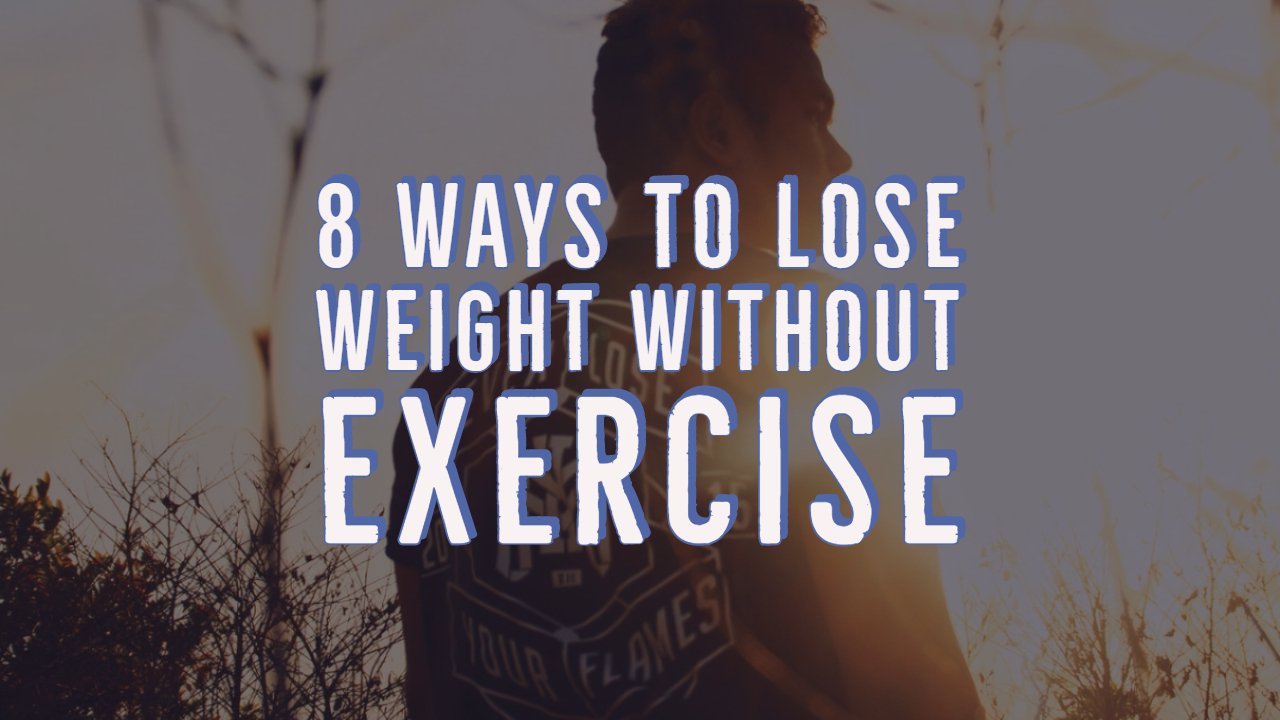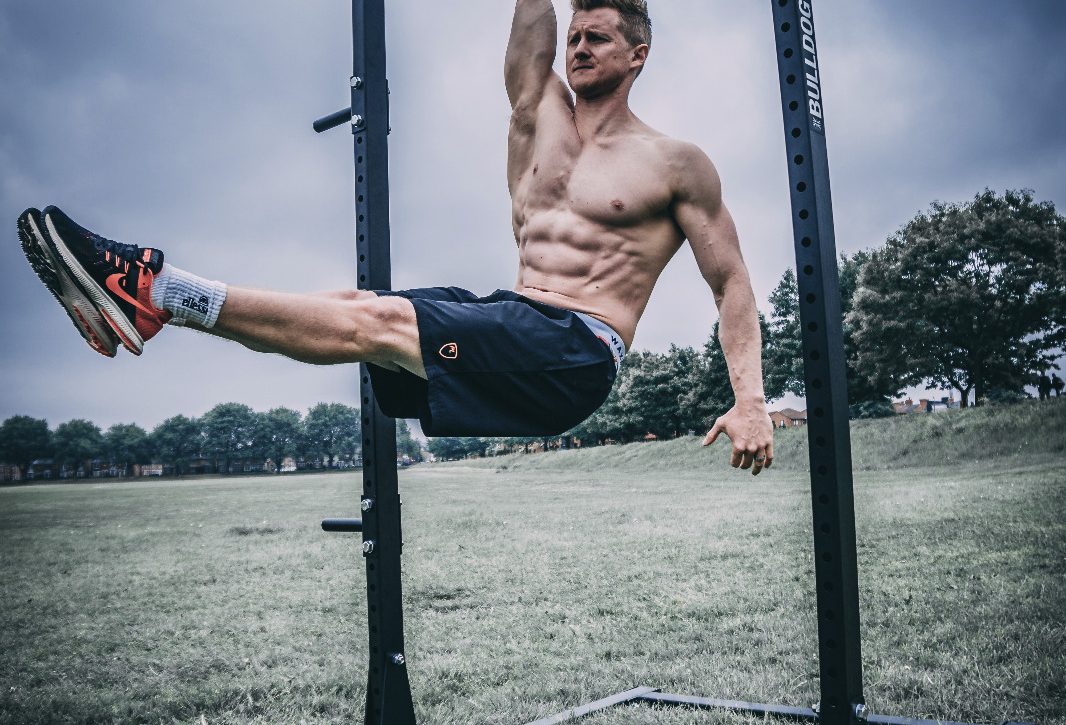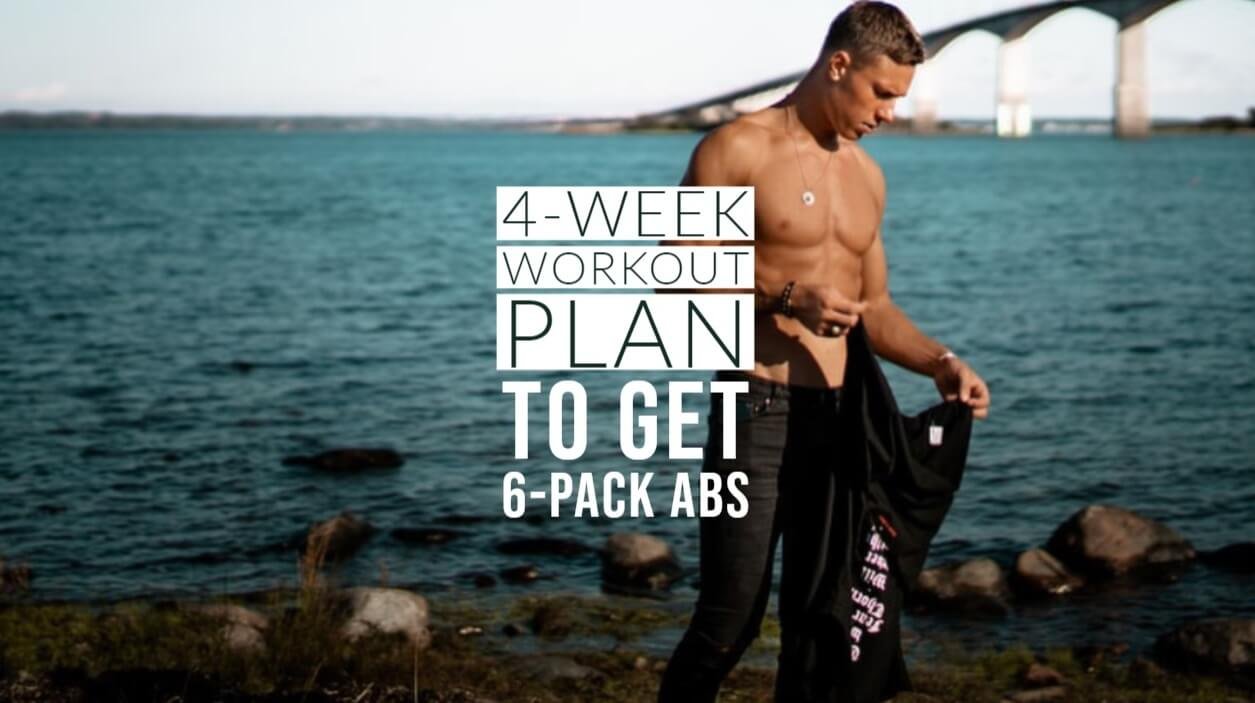In this post, we will be learning about the 6 lessons of muscle growth in depth.
Making your muscle growth

Basically, if you look at all the scientific literature out there we’ve narrowed down how muscle grows to at least three to four different mechanisms. The thing is with training everyone’s like “oh this is the best training method” but that training method might only maximize one of those mechanisms. So we want to do is hit each of these mechanisms. and what those are this you know when guys go to the gym and they’re like “oh I’m going to get my swole on” well there’s actually something to that we call it the self swelling theory. So when you train and you get a pump kind of like Arnold talked about, he was right. Actually, your muscle cells themselves sense that swelling as a threat.
On top of that is recruiting or calling into play the larger muscle fibers. For those of you guys who know muscle fibers you know, we have our slow twitch muscle fibers which are good for endurance and then we have the large fast twitch muscle fibers. Those are recruited with the heavier type of lifting right like six to eight repetitions very heavy and when you recruit them they turn on protein synthesis and you grow.
Mechanical trauma like damage to the tissue and where that occurs essentially is when you’re lowering weight and again heavy lifting. So basically what you want to do in your training is you want to period eyes your training so you’re optimizing each of these mechanisms and there are so many different techniques that you can use.
One theory that we haven’t talked about yet is called metabolic stress. Now everyone knows you know when you get that burning sensation when you’re training well that’s acidity building up to the muscle that’s lactic acid building up in the muscle. So muscles actually grow that burning sensation will actually make them grow so for example if you go to the gym and you rest like five minutes and you’re talking about what you did on the weekend that clears all out that metabolic stress so you won’t grow. So bodybuilders traditionally will have you know they’ll train with an eight to 12 rep ranging they’re only resting like sixty Seconds. Sometimes they’re doing supersets and strip sets so to build up metabolic stress and cell swallowing you have short rest periods but let’s say you want to optimize mechanical stress. That’s going to be heavier lifting and to do that if you’re lifting with short rest periods you can’t lift this heavy. So the mechanical stress is less so during your heavy days you should actually rest 3 to 5 min and realize that you’re going to maximize the mechanical load you’re trying to lift as heavy as you can. Now that repetition range it might still be you know eight repetitions six repetitions so it’s still in a higher repetition range we are not talking about power lifting but you’re resting longer so that each time you lift the weights are heavy.
Exceeding your limits
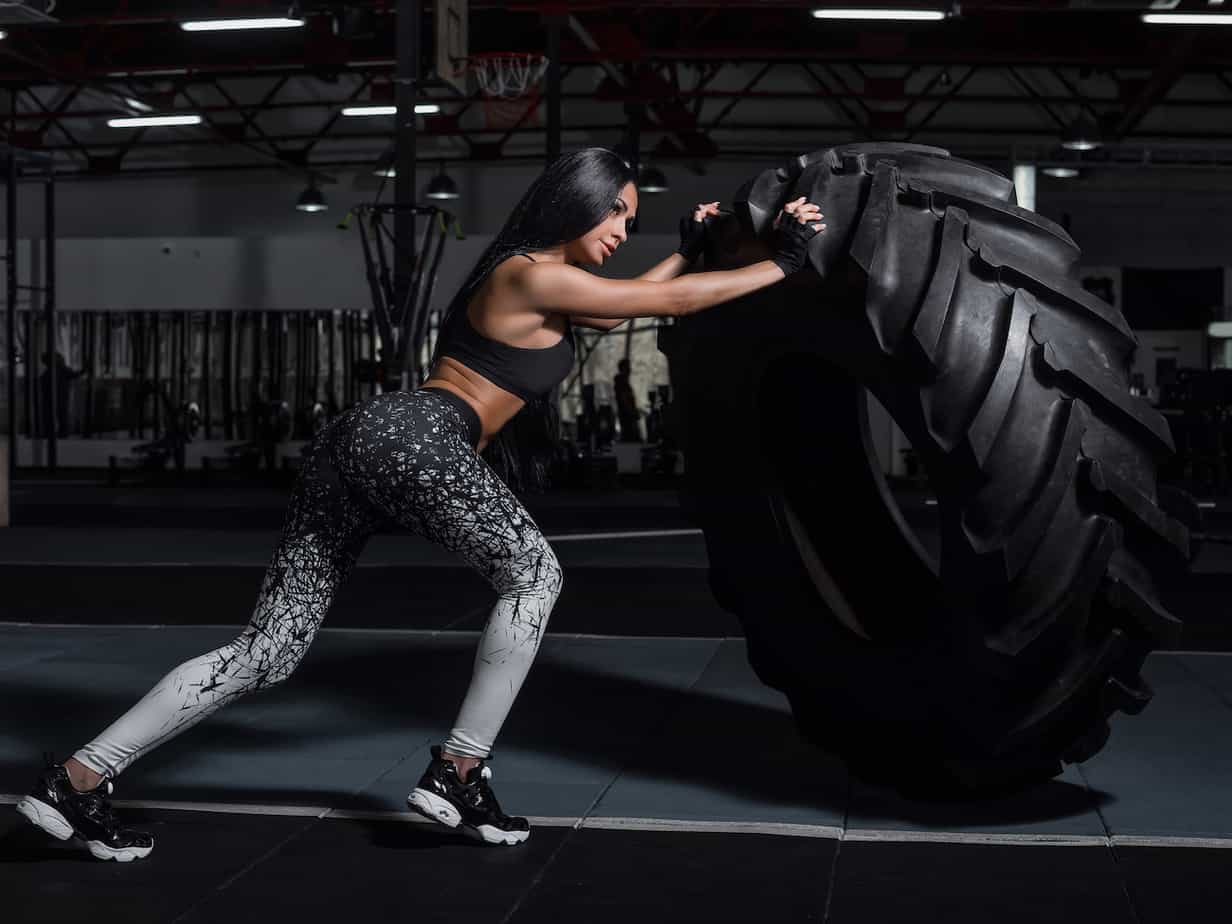
They limit themselves first mentally and that leads to limiting themselves physically. So, for example, everyone’s always we’re like “oh my god you know I’m going to overtrain so I can only train everything once a week but studies are showing that the more frequent you train the better your gains will be. So sometimes when you have an overload on the muscle every day your performance is not going to be best but you’re beating the muscle up so much that it basically has no choice but to grow.
So you’re going to expose your muscles to a lot of stress and there are new studies that are coming out by some of my colleagues in Finland and Norway where they’re showing really good weight lifters are gaining hypertrophy from going from three days a week to training to six days a week of training per body part. Now we not saying that everyone to do that, That’s an advanced technique, what we are saying is don’t limit yourself. The human body can withstand a lot more you can think so long as your nutrition and your sleep is in place.
Building your physique
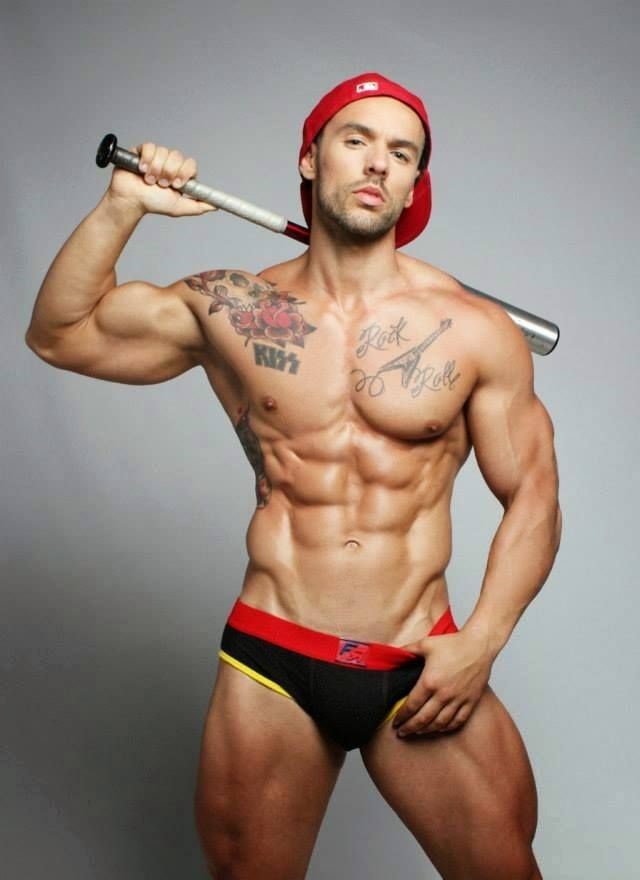
As far as mass and optimizing the most anabolism the compound movements are always going to be the center. You know of a bodybuilding program that’s going to be things like squats it’s going to be things like bench press is going to be things like leg press but there’s a difference between bodybuilding and powerlifting. If you look bodybuilding is about making the exercise harder. You’re trying to beat your muscles up so if you’re doing a bench press and your body bowing your back might be flat you’re focusing on the muscle you’re focusing on every aspect of the lift.
If you’re a power lifter you’re going to get an arching your back you’re short in the range of motion you’re going to have leg Drive same thing with squatting. You’re going to use your belt to get you get the weight up but in bodybuilding you’re focusing on destroying the muscle. So the compound movement are so critical but your intent should be to focus on those muscles and to destroy them. It’s a lot different in that sense, now once those compound movements are in place body bone is also a sport of symmetry. So you’re going to have to focus then on the isolation movements but it obviously someone’s going to have a huge gap if all they do is isolation movements and they’re not doing the compound.
Shocking your muscles
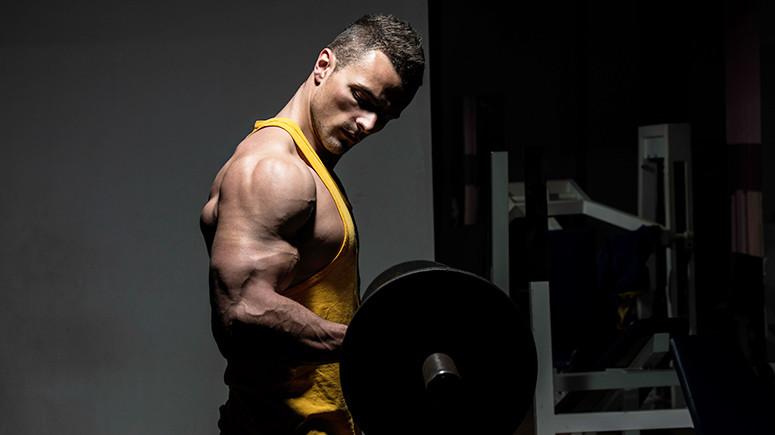
One of the things about body mile is this if you’re going to shock the muscle to grow. We know we need change okay so changing the exercise is actually absolutely one of the best ways you can do that. So using non-traditional lifting type of techniques absolutely Canali shock your muscles to grow but also translate certainly into you know functionality you know in our normal society as well.
Choosing the right cardio

So one of the dichotomies was bodybuilding is that you have to gain size and you got to lose fat at the same time so to gain size you lift weights to lose fat. You do cardio and sometimes bodybuilders do two hours of cardio a day but look at a marathon runner, we mean is that something that a bodybuilder aspires to be but clearly what we found in our laboratory is that the longer you do cardio. The more muscle you lose. So basically you’re spending all this time in the offseason gaining muscle and you’re losing a lot of it with long duration cardio.
One of the things that we’ve done is high-intensity interval training. When we say high-intensity interval training, we are talking about 10 to 30 seconds of all-out balls-to-the-wall kill yourself nauseated sprinting. When I say 10 seconds you should have nothing left at the end of that 10 seconds when I say 30 seconds you should feel like you’re going to die. When you do that type of cardio what happens is what we found is essentially literally in 10 seconds time you can deplete your muscle energy stores by like 15% and that might take like 60 minutes with traditional cardio what that does is it sent a massive signal to your body and yet you actually maintain your size in fact we did a study in our lab where we’ve compared low intensity cardio to high intensity cardio now they lose more fat but they gain muscle in their quads. So the actual sprinting can be somewhat anabolic.
Preventing injury

The best way to avoid injury in a gym is the period Iser training. If someone responds really well the heavy training and all they do every single time is let five reps one two five repetitions every time they go to the gym four six eight reps every time they rest long rest period lengths. They’re constantly loading the muscle and that’s where it takes us to on your joints you know ligaments. You feel the strain you get an injury and guide injuries are the worst thing to the bodybuilder because it takes them months to recover. You know if you’re out for a month you lose muscle and that takes you a month to recover you just lost two months periodization is programmed change. One day a week you might train traditional hypertrophy training was going to be eight to twelve repetitions 30-60 seconds rest one day you might train heavy like in a six to eight repetition range then if you’re filling your joints are a little bit hurt.
There’s a new technique what’s known as blood flow restriction training. and this technique what happens is if you restrict blood flow to a limb you only have to lift it like thirty to forty percent of your maximal weight and you actually can grow. Focus on the goals. So if you’re trying to focus on conditioning and primarily muscle hypertrophy or growth maybe two out of your four workouts are going to be traditional hypertrophy the next day is more of a hypertrophy superset type of day the next day is a heavy day and then maybe throw in a blood flow restriction day and then you start over. So now your joints are getting certain rest periods and you recover.
Some Helpful Resources:
How Do Muscles Grow? The Science of Muscle Growth
How to Accelerate Muscle Growth
How to Gain Muscle Fast – 10 Tips for Men for Protein Synthesis
Explaining how hypertrophy works using only basic principles of muscle physiology
Building Muscle: A Scientific Approach
The Best Science-Based Diet To Build Lean Muscle (10 Studies)
26 Foods That Help You Build Lean Muscle
Meal Plan for Muscle Gain: How Much Protein Do You Really Need?
How to Gain Weight Fast for Skinny Guys
Please Share:
